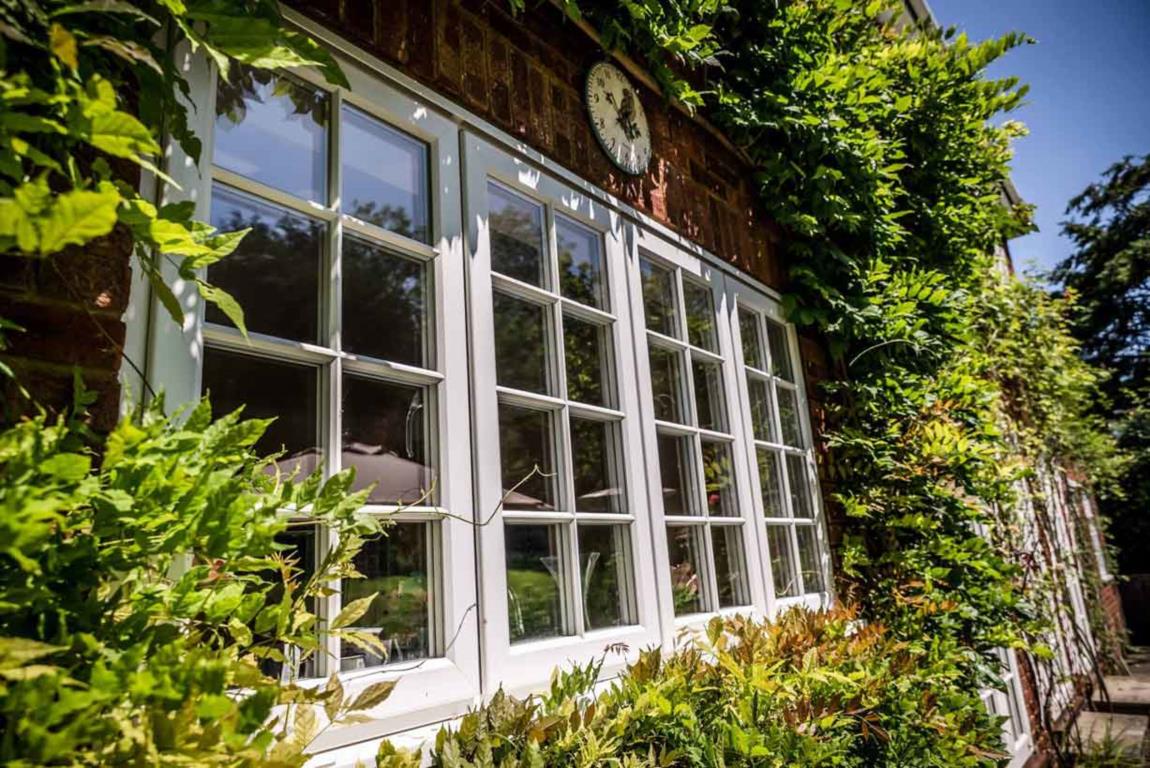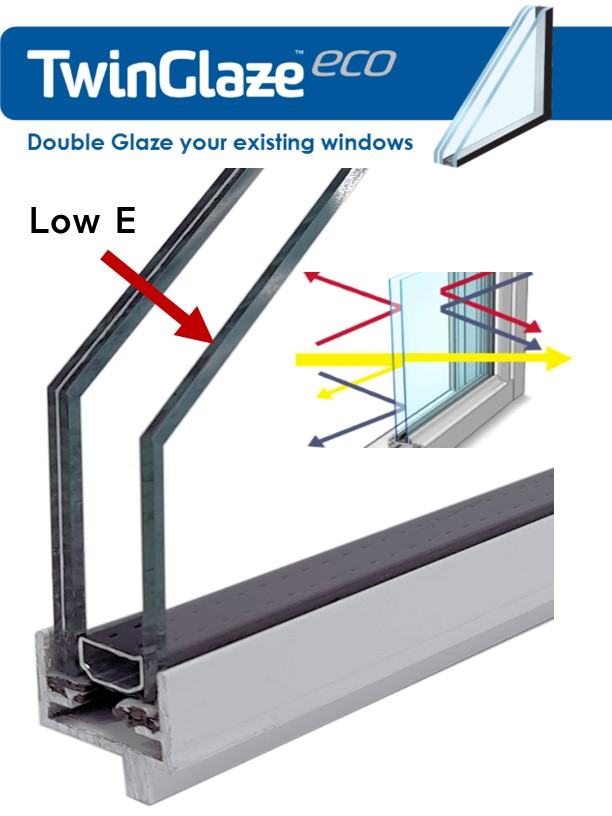All Categories
Featured
Table of Contents
Double Glazing For Warmer Temperature : R/melbourne in Yokine WA
Glazing just implies the windows in your house, including both openable and set windows, as well as doors with glass and skylights. Glazing really simply means the glass part, but it is typically used to refer to all elements of an assembly including glass, films, frames and furnishings. Paying attention to all of these aspects will help you to accomplish efficient passive design.

Energy-efficient glazing makes your home more comfortable and dramatically minimizes your energy costs. Inappropriate or improperly created glazing can be a major source of undesirable heat gain in summertime and significant heat loss and condensation in winter season. Up to 87% of a house's heating energy can be acquired and up to 40% lost through windows.
Save Energy With Double Glazed Windows in Bull Creek Perth
Glazing is a considerable investment in the quality of your home. A preliminary financial investment in energy-efficient windows, skylights and doors can greatly minimize your annual heating and cooling expense.

This tool compares window choices to a base level aluminium window with 3mm clear glass. Understanding a few of the key residential or commercial properties of glass will help you to choose the best glazing for your home. Secret homes of glass Source: Adapted from the Australian Window Association The quantity of light that travels through the glazing is referred to as visible light transmittance (VLT) or visible transmittance (VT).
Why Do You Need Double Glazing Windows In Summer? in Atwell WA
The U value for windows (revealed as Uw), describes the conduction of the whole window (glass and frame together). The lower the U worth, the greater a window's resistance to heat flow and the much better its insulating value.
For example, if your home has 70m2 of glazing with aluminium frames and clear glass with a U value of 6. 2W/m2 C, on a winter season's night when it is 15C chillier outside compared with inside, the heat loss through the windows would be: 6. 2 15 70 = 6510W That is comparable to the overall heat output of a large space gas heating unit or a 6.
Upvc Double Glazed Windows Australia in Edgewater Western Australia

If you select a window with half the U value (3. 1W/m2 C) (for example, double glazing with an argon-filled gap and less-conductive frames), you can cut in half the heat loss: 3. 1 15 70 = 3255W The solar heat gain coefficient (SHGC) for windows (revealed as SHGCw) measures how readily heat from direct sunshine streams through an entire window (glass and frame together).
The lower a window's SHGC, the less solar heat it transmits to the home interior. The actual SHGC for windows is affected by the angle that solar radiation strikes the glass.
Double Glazed Windows in Booragoon WA
When the sun is perpendicular (at 90) to the glass, it has an angle of incidence of 0 and the window will experience the maximum possible solar heat gain. The SHGC declared by glazing producers is constantly calculated as having a 0 angle of occurrence. As the angle increases, more solar radiation is reflected, and less is transferred.
Table of Contents
Latest Posts
Does Double Glazing Keep Heat Out in South Fremantle Perth
Which Double Glazed Windows Are Best For Summer? in Kalamunda WA
Why Install Stunning Double Glazing Windows During Summer? in Hamilton Hill Perth
More
Latest Posts
Does Double Glazing Keep Heat Out in South Fremantle Perth
Which Double Glazed Windows Are Best For Summer? in Kalamunda WA
Why Install Stunning Double Glazing Windows During Summer? in Hamilton Hill Perth